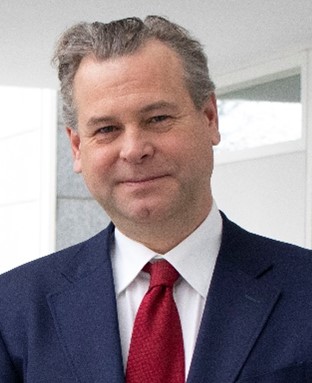An interview with Professor Dirk Zetzsche, ADA Chair in Financial Law (inclusive finance) at the University of Luxembourg
How should we understand the link between financial inclusion and sustainability?
|

|
On one hand, financial inclusion forms part of sustainability’s social dimension. Equally, financial inclusion and sustainability are self-reinforcing factors in regulatory policy: a sustainable regulatory approach cannot be effective without inclusion, and inclusion necessitates an awareness of sustainability matters, if not a proactive approach with regard to sustainability.
It is worth remembering that those most vulnerable to the impact of climate change are also highly vulnerable to the impacts of economic transformation at large.
|
Is this view of the interlinkage between sustainability and financial inclusion widely shared?
The December 2019 United Nations Resolution on Financial Inclusion for Sustainable Development, citing the experience of AFI and others, acknowledges the connection explicitly. It’s now widely accepted that financial inclusion is a key driver of the UN Sustainable Development Goals, but I’d go even further – without financial inclusion, we can forget about the rest of the SDGs. This is because excluded people will be forced to over consume short-term, as they lack means to store money safely, while constantly facing the risk of losses of the little they have by external factors such as crime, the environment, or disasters. That will lead to the unnecessary use of natural resources mid-to-long term, notwithstanding any positive impact of climate-oriented regulatory policy.
When you look around the world, what policy approaches give you reason to be cheerful?
Worth mentioning is the EU Taxonomy, a comprehensive classification of economic activity in Europe that will serve to direct investments towards sustainable projects and activities.
There are other, more focused approaches around how to best use scarce resources. Egypt, for instance, has a financing project to replace bakeries’ coal ovens with gas, which is much more efficient and less toxic. And this simple tool has delivered enormous impact in terms of carbon dioxide reduction.
In Nigeria, where the oil and gas industry creates enormous pollution, banks are being encouraged to gradually deprioritize financing the sector, and to pivot towards other activities.
In Fiji, the increasing use of decentralized, solar power is helping to maintain energy supply when severe storms strike.
When we think about inclusion and sustainability, the challenge will be to strike a balance between human survival on the one hand, and protecting natural resources on the others.
What advice would you give central banks and financial regulators who are looking to adopt Inclusive Green Finance?
I would encourage an emphasis on female education and participation in the economy. For one thing, female business activity seems to be inherently long-term. Females are less prone to migrate, and thus are more rooted in their social and economic environment.
Similarly, by empowering women, we actively contribute to a lower increase in the world’s population, meaning benefits generated by climate-oriented economic activity are less likely to be offset by an increase in population growth.
From a regulatory policy perspective, I would encourage ‘sandbox thinking’, as building externalities into financial regulation is uncharted territory. And for policies to be effective, they must be contextual. Every country will need to look at their pain points and develop solutions accordingly. In Papua New Guinea or Fiji, they might focus on threats from the ocean. In Bangladesh, it may be flooding. In Morocco or the Sahel, it may be increasing drought.
Policy approaches will need to be tailor made and experimental. Everyone’s problem is different, and one size doesn’t fit all.

 About
About
 Online
Online
 Data
Data



















